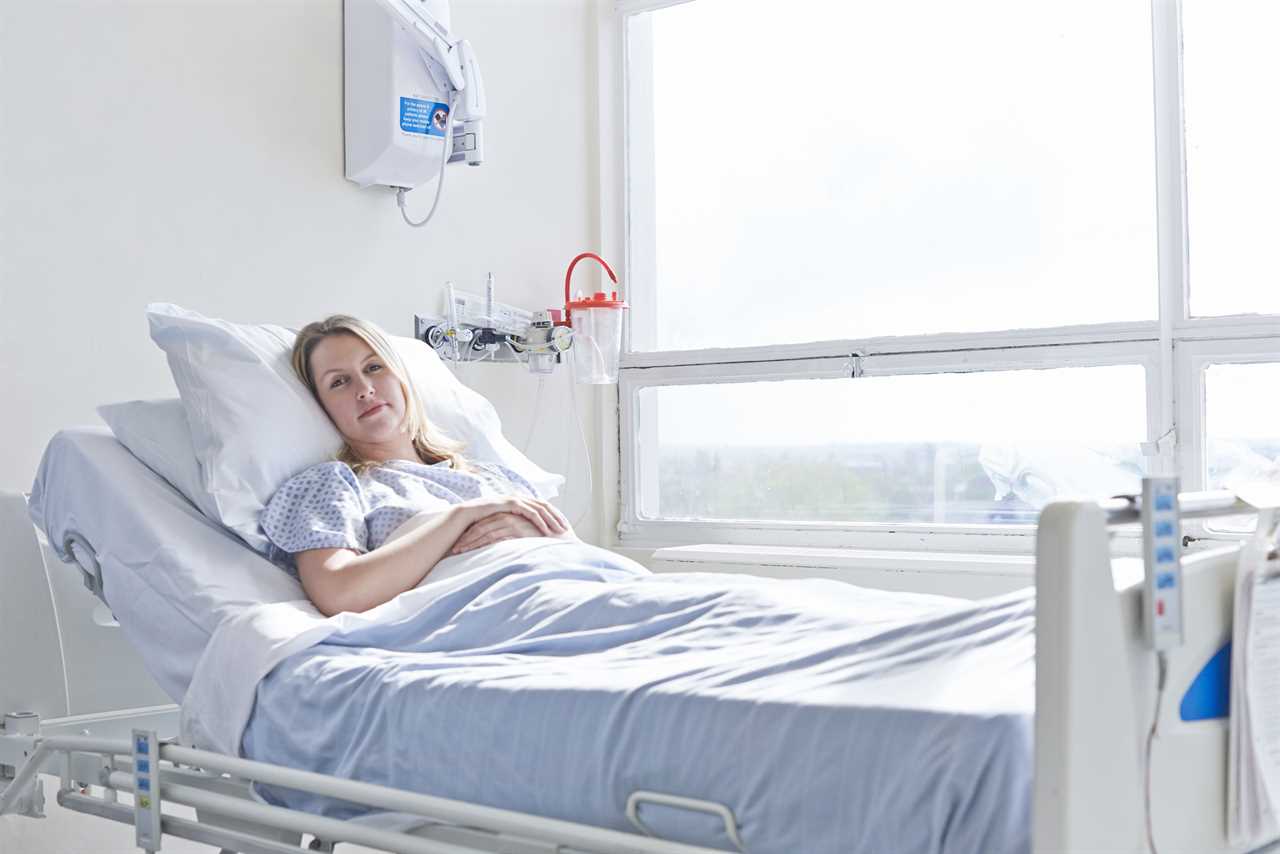ONE in six hospital patients will be monitored remotely at home under radical plans to ease pressure on wards.
Health bosses in England are aiming to create up to 27,500 “virtual” NHS beds by the end of next year.

Those with conditions including pneumonia, cancer and heart disease will be monitored through the use of medical armbands and other devices, such as oxygen readers.
The £200million-a-year virtual wards scheme will come on top of the existing 124,000 NHS hospital beds across England, as health bosses try to deal with a record backlog.
Remote treatment has already been successfully trialled in the pandemic.
The latest NHS England guidance sets out a “national ambition” to create 40 to 50 virtual beds per 100,000 of population by late 2023.
It adds: “Given the significant pressure on acute beds, we must aim for their full implementation as rapidly as possible.”
Nigel Edwards, chief executive of the Nuffield Trust health think tank, welcomed the hospitals-at-home plans.
He said: “This may seem like a big change, but the NHS has actually been trying methods of safely monitoring seriously unwell patients at home for some time.”
But Dennis Reed, of campaign group Silver Voices, said the virtual wards should be used only for recovering patients.
An NHS spokesperson said: “Virtual wards are already working well across many parts of the country, allowing people to benefit from the care of hospital doctors and nurses from their own home.”






